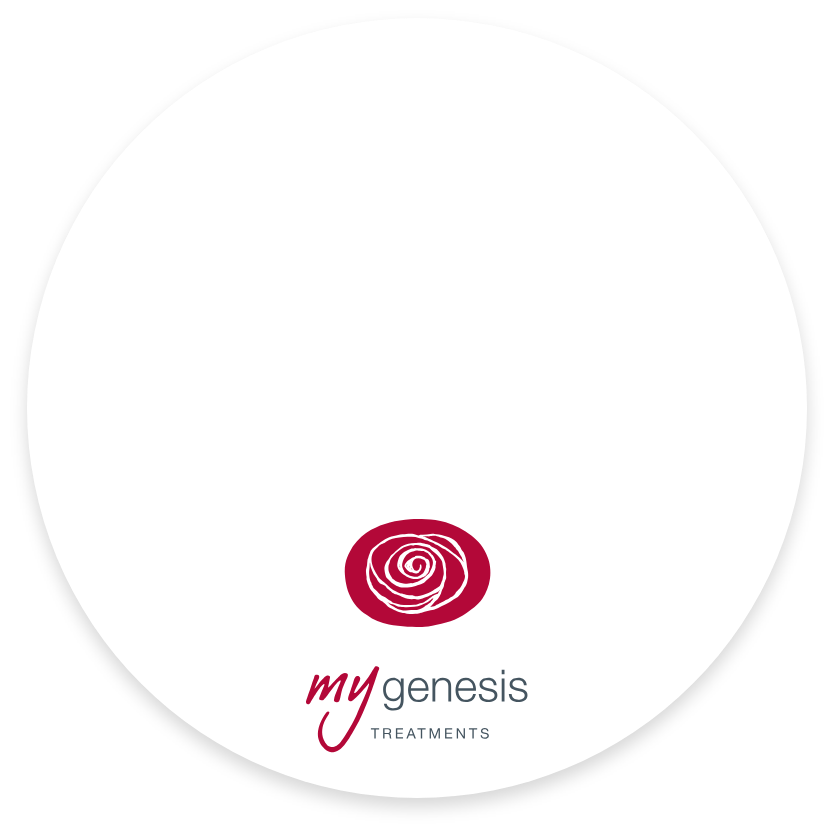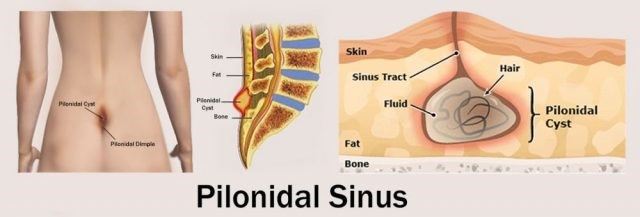
At My Genesis Skincare Unit, one of the debilitating skin conditions we can assist with is Pilonidal Sinus, a hole or cyst that can appear at the top of the buttocks. Here’s what Brooke has to say on the subject, and its treatment:
Pilonidal sinus is characterized by chronic abscess and sinus formation in the natal cleft region [1]. This is a common condition affecting 26/100,000 of the general population, predominantly young males [2]. Excessive hair growth plays a role due to the penetration of broken terminal/coarse hairs into the subcutaneous tissue with subsequent inflammatory granuloma development and potential secondary infection. Treatment of pilonidal sinus is generally a surgical procedure which is often followed by a recurrence with relapse rates as high as up to 30% [3].
Although surgery is considered the main treatment with antibiotic use also included, this condition has a high recurrence rate and generally a prolonged healing time. Based on the presumed role of hair in pilonidal cyst pathogenesis, the use of laser hair removal is being used to decrease recurrences [4].
Hair removal before or after the surgical treatment of pilonidal sinus disease is used to prevent recurrence as this condition as it is an acquired condition caused by hair insertion. Research shows a lower rate of recurrence post-surgery with the use of laser hair removal [5].

Image Sourced from: https://www.std-gov.org/blog/cyst-removal/
B.Worthy
Here at My Genesis, we work inter-professionally with other medical professionals to obtain the best results possible for our patients. Pilonidal sinuses are one condition that require a combined approach to obtain the best results possible. The research shows that the reoccurrence rate of this condition is lowered with the use of laser hair removal and surgery together.
References:
Our qualified team provide a comprehensive range of treatments for complete skin rejuvenation, cosmetic injectables, laser hair removal and non-surgical body sculpting.